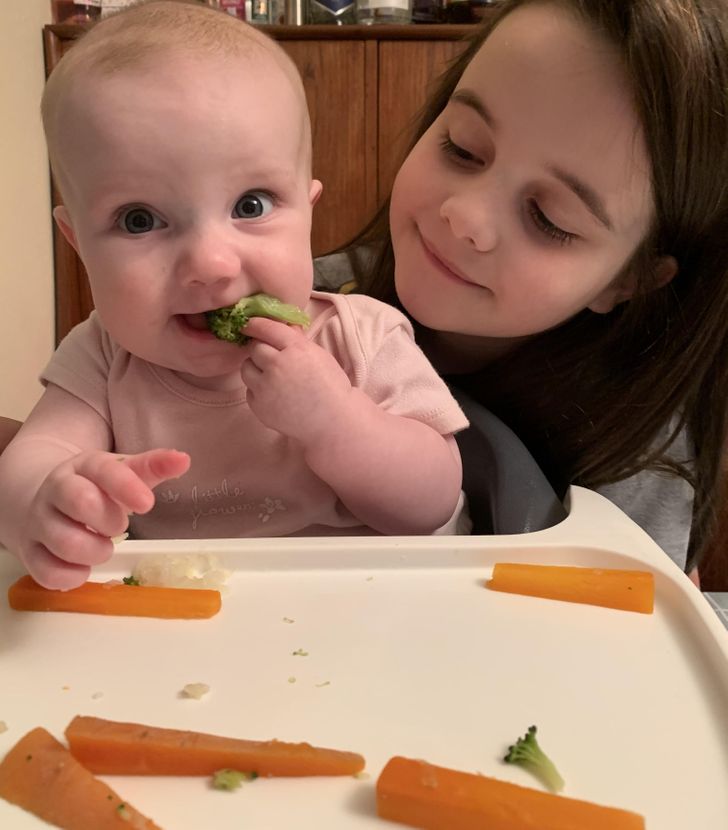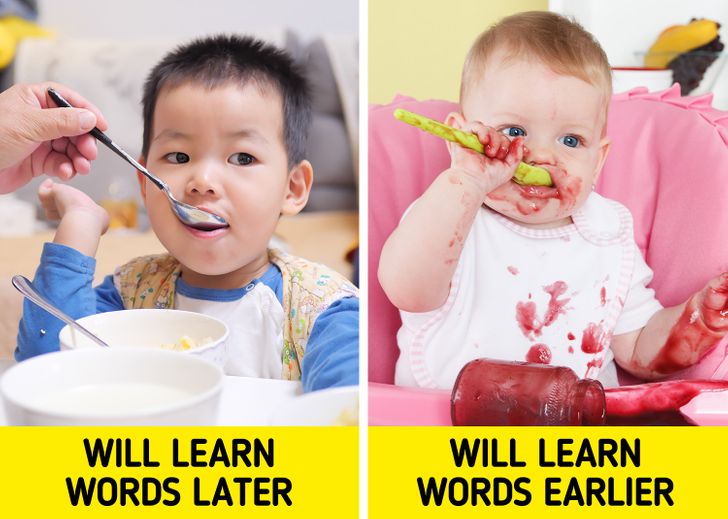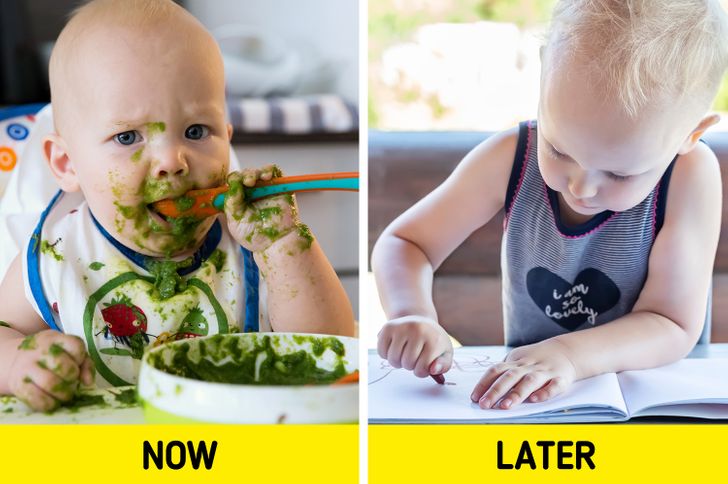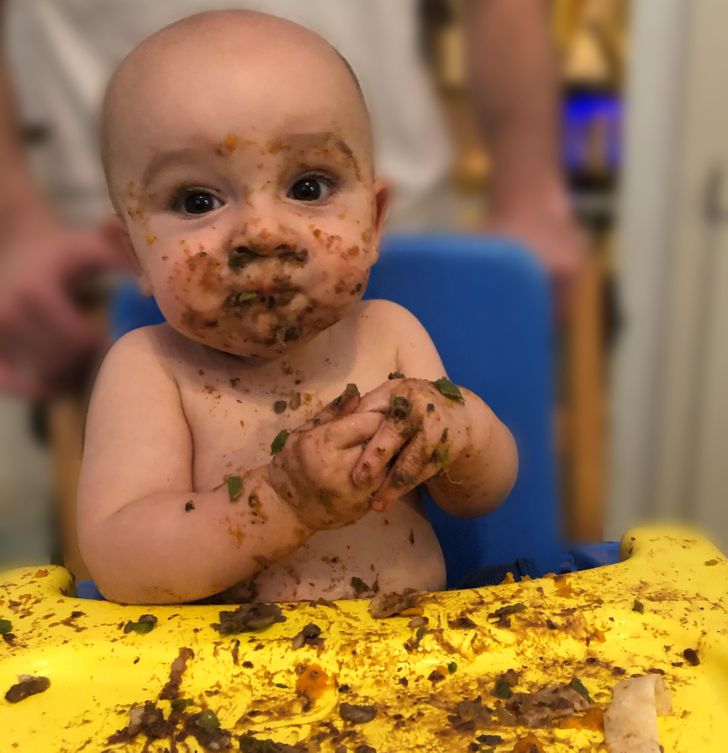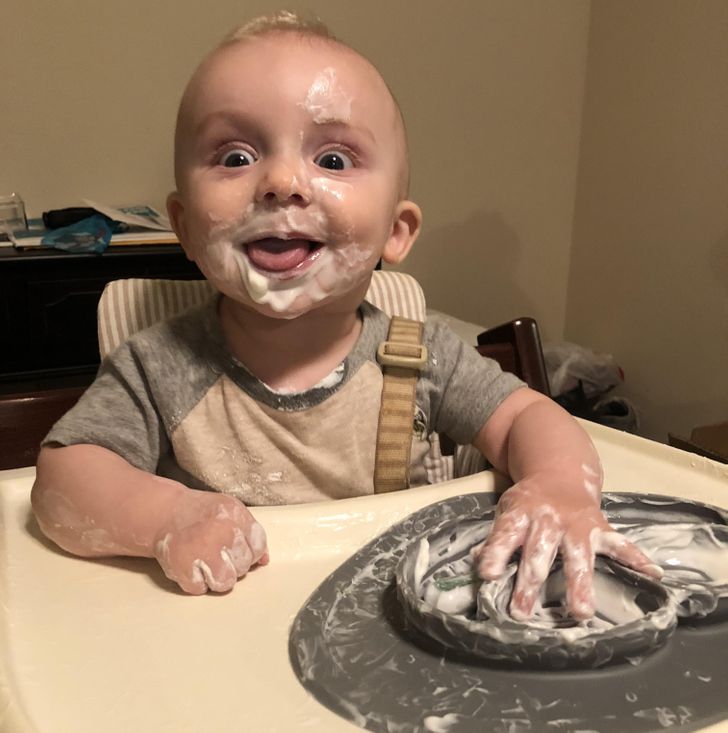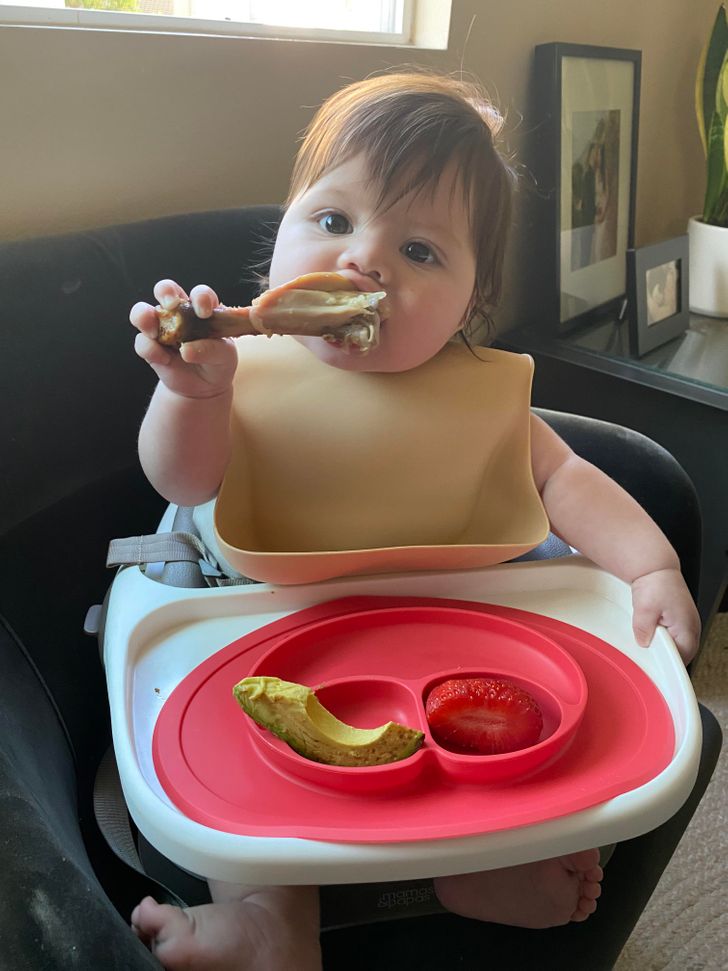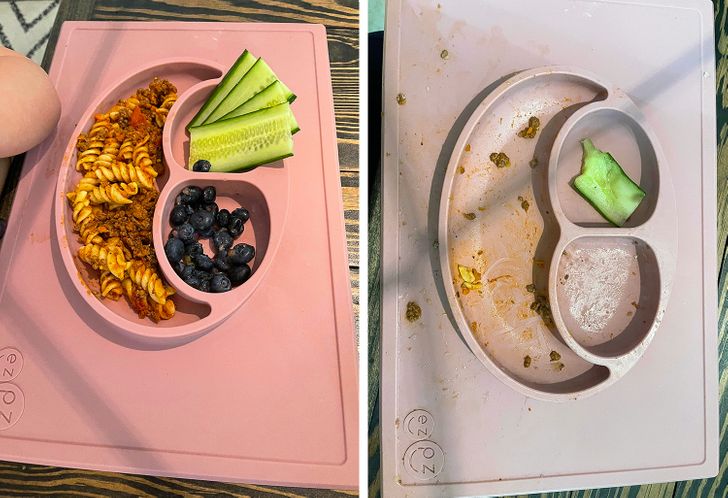There are far better ways for kids to develop their skills.
Why You Should Let Your Child Make a Mess When They Eat
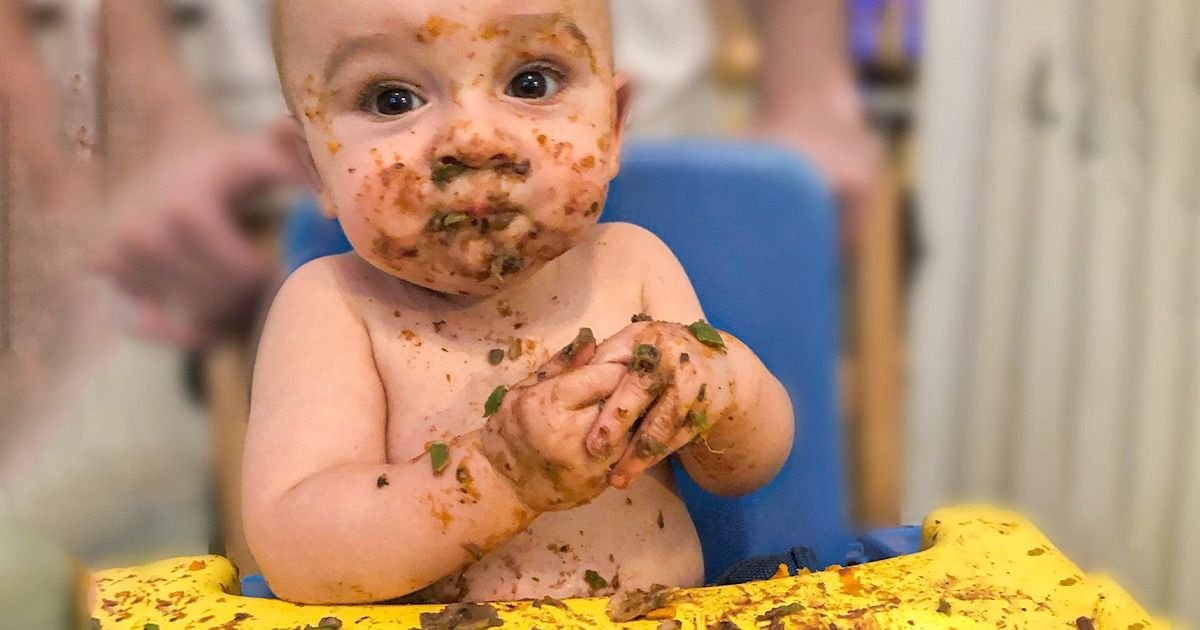
Photos of babies with food smudged all over their faces may be aww-worthy, but parents know all too well that the struggle is real when it’s time to clean up. The spilled soup that now looks like an abstract painting on the floor or the pieces of food that were launched into the air — these are examples of the feeding aftermath that adults dread facing. But according to studies, this mess helps with the child’s development, and this is the kind of chaos that’s worth embracing.
Bright Side checked out what these specialists had to say, and we found 4 good reasons why you should allow your little one to get down and dirty while eating. We also threw in some tips that could help reduce the mealtime madness.
Messy eating helps children become less picky with food.
A team of United Kingdom-based researchers conducted an experiment with a group of 70 children, aged 2-5. They buried a toy soldier in a bowl of mushy food and asked the toddlers to dig in and find it. They also quizzed the parents about their children’s normal diets.
They discovered that the kids who enjoyed getting their hands dirty during the experiment were less likely to have food neophobia — a disorder characterized by the reluctance to eat unfamiliar dishes.
So don’t freak out the next time you see edibles smeared all over your kid. This may actually help them overcome a fear of trying out new flavors.
It could help with the kid’s brain development and may help them learn words earlier.
One study found that children who sat in high chairs and played with their meals learned more about food and non-solid substances faster.
The scientists also concluded that manual exploration — or touching the food — was critical in helping kids pick up more information since visual cues tended to be vague.
The little participants were also able to match names to the substances, which means they could use this knowledge when it comes to language development or word-learning.
It is a form of sensory play, and it is also good for the child’s motor skills.
A toddler learning how to grasp and maneuver utensils can come with a ton of mess. But it’s the kind of clutter that lets him or her learn along the way.
Aside from their tummies, their brains are fed with new information too. For example, they learn that letting go of objects makes them fall, or that throwing them makes them fly, or that squishing food can change its form.
According to an expert, babies are also driven by their tactile sense or their desire to explore the world through touch. And playing with food uses the most sensitive parts of our bodies, which are our fingertips, lips, and tongues.
Just imagine how fun and overwhelming it must be for infants to explore the different textures and temperatures of food — hot, cold, sticky, smooth, hard, etc.
Children inherently crave independence, so it’s okay to let them discover food on their own.
A group of researchers ran a series of experiments to determine patterns in children’s learning. They provided a machine for their young subjects and asked them to figure out how it works.
They learned that kids are like little scientists — they studied the data around them and tested out various hypotheses to determine which strategy would be effective.
The team also noted that encouraging play prompted the children to think more, as compared to direct instructions. So maybe giving them free rein over their meals is not a bad idea after all.
Tidying up can be a lot of work, so here are some tips on how to minimize the mess:
- Serve finger foods.
Try to go for more solid foods that are not difficult to clean, like pancakes or fruits. Making a thicker version of oats can also reduce the chances of having it slip out of the spoon.
- Use a mat or newspaper to catch the pieces that will fall onto the floor.
- Go for high chairs made with materials that are easy to clean.
- Use other tools that help minimize the mess.
For example, there are silicone bibs that have a feature for catching food, and feeding bowls with suction bases that prevent them from sliding or flipping over.
What is your approach when it comes to your child’s eating habits? Do you let your kid play with their food?
Got some cool photos or stories and want to be featured on Bright Side? Send them all right HERE and right now. Meanwhile, we’re waiting!
Comments
yes!
Related Reads
12 Unseen Sacrifices Moms Make to Put Their Kids First
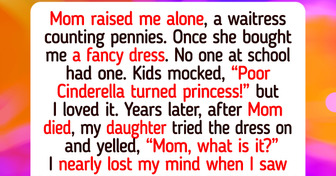
My MIL Mocked Me at My Husband’s Birthday Party—I Gave Her a Brutal Reality Check

I Banned My Stepdaughter From Family Meals, My House Is Not a Master Chef Venue
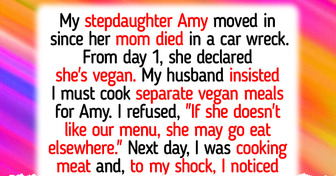
10 Moments That Proved the Worst Betrayal Comes From Home
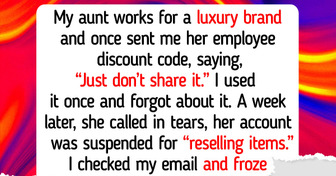
15+ Unforgettable Gifts That Made an Everlasting Impression
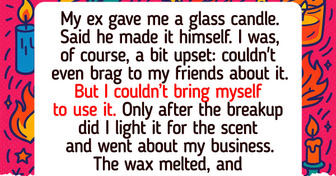
I Didn’t Give Up My Parking Spot to a Mom With an Infant — I Served Her a Reality Check
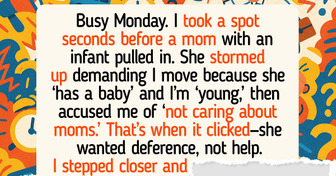
12 Acts of Kindness That Prove the Human Spirit Is Truly Unbreakable
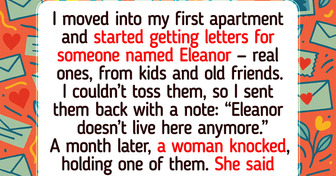
My MIL Insulted Me in Public—I Taught Her a Lesson
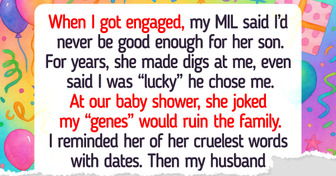
My MIL Moved in ‘for an Emergency’—Now She Refuses to Leave
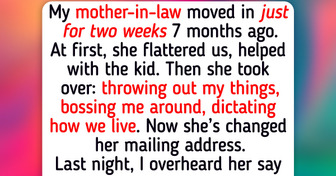
13 Stories Proving That Female Solidarity Turns Ordinary Women Into Legends
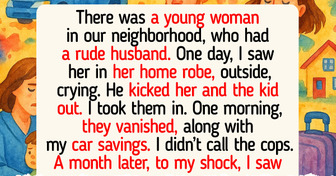
My MIL Wanted Me to Be Her Free Maid — She Didn’t Expect My Next Move
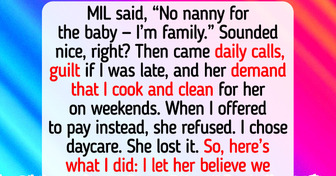
My Landlord Refused to Fix My Home—So I Gave Him a Taste of His Own Medicine

